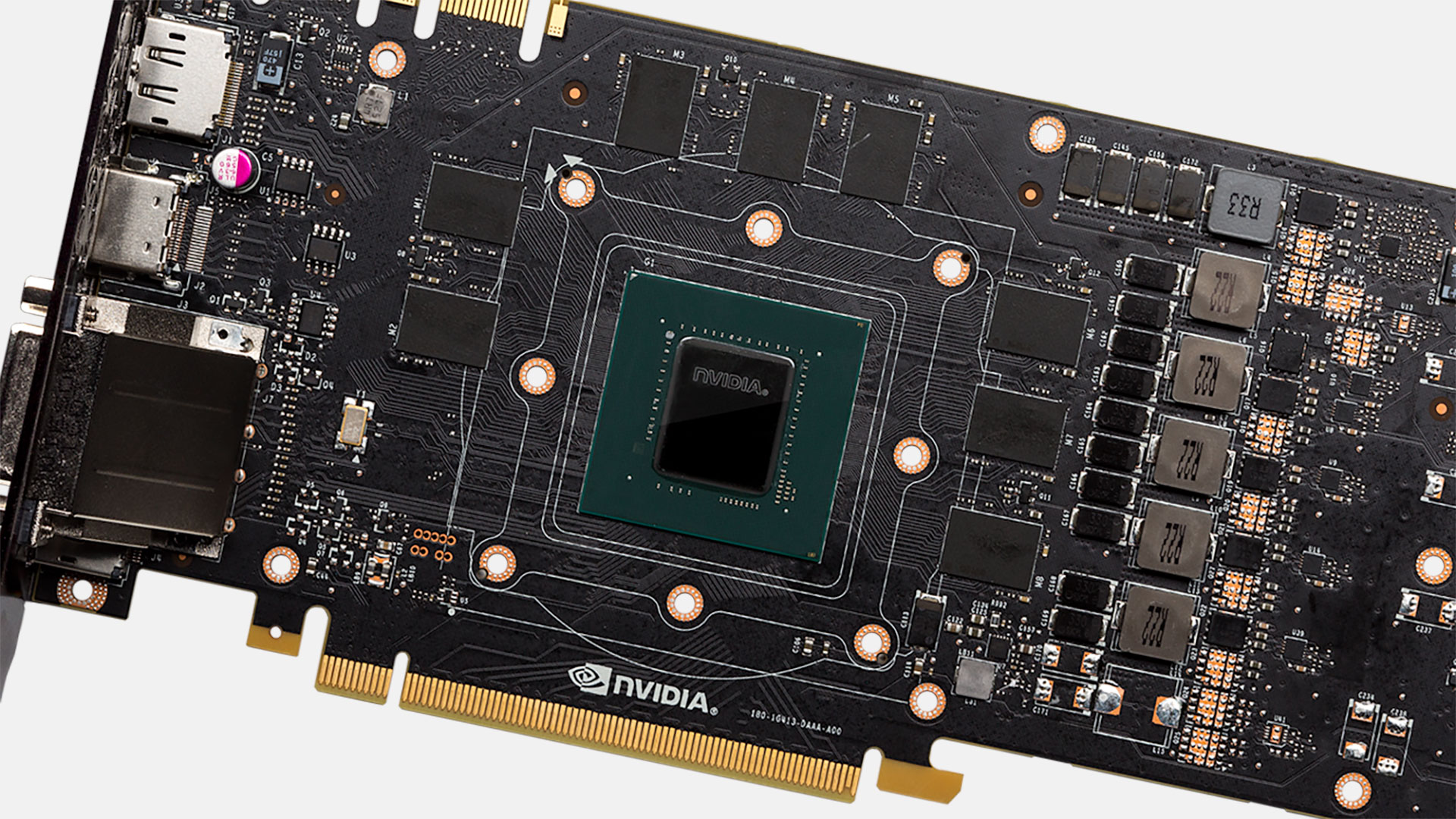Desktop GPU sales normalize as crypto-mining gold rush ends, report says
Knock on wood.

A new report by Jon Peddie Research (PDR) indicates that the PC market has "shaken off the gold rush fever of crypto-mining," pushing GPU shipments back to normal levels. Going forward, JPR doesn't anticipate cryptocurrency mining having any further impact on the sales of graphics cards, and the GPU market at large.
"We can mark Q1’18 as the peak and last hurrah of the crypto-mining fever. Desktop GPUs, which went into mining rigs, have dropped back to their normal volume," JPR said. "We believe the market for AIBs [add-in boards] for crypto-mining has ended and this will likely be our last mention of it."
JPR's report essentially echos comments made by Nvidia two weeks ago when the company reported its second quarter earnings. While Nvidia performed well overall, the company noted that GPU sales fell short expectations for the quarter, and attributed the shortfall to the declining cryptocurrency market.
"Our revenue outlook had anticipated cryptocurrency-specific products declining to approximately $100 million, while actual crypto-specific product revenue was $18 million. Whereas we had previously anticipated cryptocurrency to be meaningful for the year, we are now projecting no contributions going forward," Nvidia said.
Though it wasn't the only factor, cryptocurrency mining played a significant role in the shortage of graphics cards (and inflated price tags) for much of the past year. However, mining profits have been declining for several months now. As we reported a couple of weeks ago, Bitcoin and other cryptocurrencies peaked earlier this year and have subsequently plummeted—many alt-coins have lost 90 percent of their value. Even Bitcoin, the most popular cryptocurrency of the bunch, is down 68 percent from its peak (though still higher than it was in August 2017).
According to JPR, overall GPU shipments dropped 1.5 in the second quarter of 2018, with AMD and Nvidia seeing 12.3 percent and 7 percent declines, respectively. JPR is lumping in integrated GPU sales into those figures, such as the ones found on most modern processors. As a result, Intel's saw a 3 percent increase in GPU shipments.
If narrowing the field to discrete GPUs, JPR says they were found in a third of PCs in the second quarter, down around 6.3 percent. In addition, graphics card sales declined around 28 percent for the quarter.
Keep up to date with the most important stories and the best deals, as picked by the PC Gamer team.
Cryptocurrency is not the only factor, though. It's reasonable to assume that many potential buyers had been waiting for Nvidia's GeForce refresh, both to see what the new GeForce RTX cards will bring to the table and for the inevitable price cuts of Pascal parts.
Now that the cryptocurrency mining craze is behind us (at least for now) and new cards have been announced, it will be interesting to see what shipments look like in the third and especially fourth quarters (GeForce RTX cards won't actually ship until the end of the third quarter).
Paul has been playing PC games and raking his knuckles on computer hardware since the Commodore 64. He does not have any tattoos, but thinks it would be cool to get one that reads LOAD"*",8,1. In his off time, he rides motorcycles and wrestles alligators (only one of those is true).


